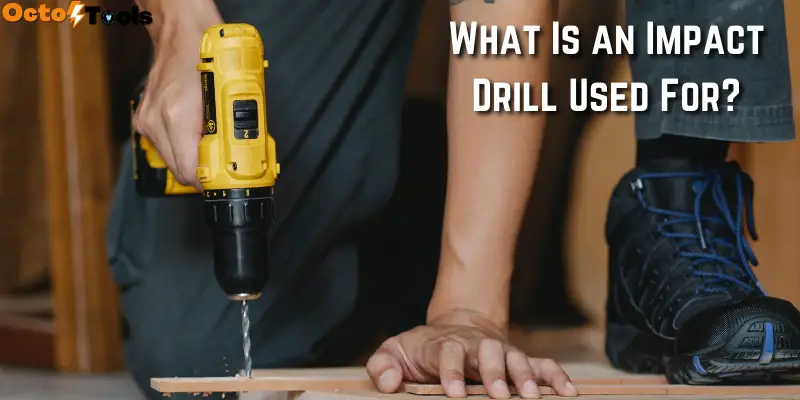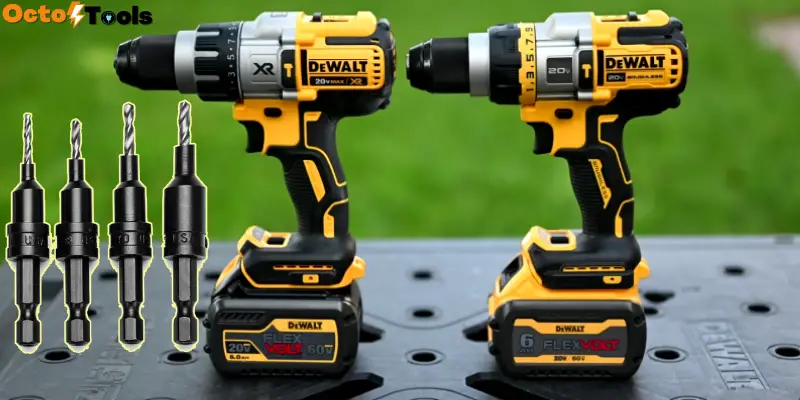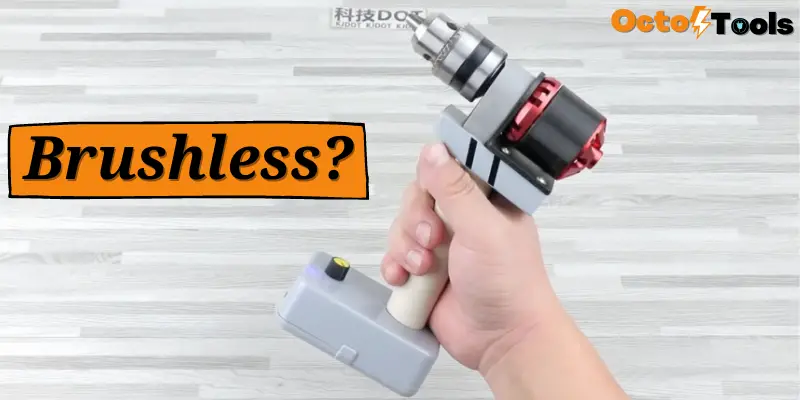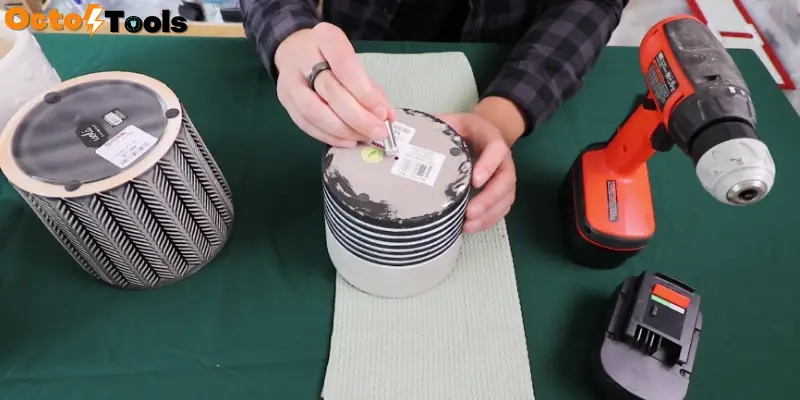Lots of people ask what do the numbers on a drill mean? The question needs a small correction as only cordless drills have different numbers.
It is also very important to know and how to choose the right settings. That is why I have done in-depth research and decided to help you figure it all out.
The guide will help you use the drill in the right way and make holes or drive screws without damaging the workpiece. Without further ado, let’s get started.
What Do the Numbers on A Drill Mean?
The numbers you see around the drill head indicates torque settings. Depending on the selected number, the drill applies a certain amount of torque on the object or material. It limits the speed or rotations per minute of the drill head.
Why is limiting the speed necessary?
It is because different applications require different force or torque. If you are drilling a hole on concrete or tough materials, slower settings won’t do any good or will increase the drilling time significantly. On the other hand, driving screws with a higher speed range can damage the material, and threads greatly.
Now, before we move on to knowing all about those torque numbers, let’s see what the torque is.
In general, torque is the force that causes an object to rotate which is measured in Newton Meters (Nm). It is one of the quickest ways to know how powerful a tool is. However, don’t mix it with the RPM count of your drill. The basic difference between them is that torque is a measured output while RPM is calculated.
One is the force behind rotating action and the other is the calculated sum of rotations in a certain time slot. They have an inverse relationship. So, when the RPM is higher, torque is lower, and vice versa. Now, let’s figure out the numbers on a cordless drill machine.
What Do the Numbers on A Cordless Drill Mean?
You will see two different numbers on a cordless drill; one is right behind the chuck, and the other is on top of the drill. Several numbers around the head or behind the chuck indicate the torque settings.
What Do the Torque Numbers on A Drill Mean?
Those numbers for torque are for different applications. Based on different brands, the numbers range from 1 to 10 or 20. More numbers mean finer settings and better control. As you have already known that Nm is the measuring unit of toque, let’s see what different ranges mean.
4 to 15Nm (Low): It is suitable for driving smaller screws or fasteners.
15 to 35Nm (Medium): It is preferable for its advantages of both drilling and driving screws. Medium-sized screws or small holes are its specialties.
Over 35Nm (High): Serious projects that involve drilling larger screws and drilling deep holes on tough surfaces need this setting.
Also, choose the settings based on the material type. For example, driving screws on plywood or softwood, always use the low settings.
What is the advantage of the torque settings?
Have you ever tried holding the drill head while it is moving? You would notice that the chuck stops rotating and the drill starts making clicking sounds. This is the advantage of the torque settings that help protect the screw, thread, and workpiece. It is not necessary to know the specific torque requirement of the task you are performing. Do some experiments and you would eventually get familiarized with it.
How do you control the speed or RPM?
On top of the drill, you can see one switch that can move back and forth. It has 2 numbers that allow you can set the RPM. The low setting usually limits the speed up to 450 RPM. And the high setting lets you use the highest speed of that particular drill.
Some tools come with a third number. For such drill machines, check the maximum RPM capacity and divide it into 3. The result is the limit of each number.
What Do the Symbols on A Corded Drill Mean?
When it comes to the corded drills, you have to deal with symbols rather than numbers. Let’s see what those mean.
Drill symbol
Engaging the drill symbol would mean that the machine ensures full torque and speed so that you face no issues while drilling. Materials including wood, metal, brick, etc. can be drilled with this setting. But you should never use it to tighten screws or drive fasteners.
If you are having a hard time with a screw or fastener, you can use the drill mode for a few moments. However, be very careful while doing this as it has the potential to damage the surface.
Hammer symbol
It is the same as drill settings but with an addition of percussion vibration. When you are drilling through the hardest or toughest materials, this can benefit you a lot. The hammering effect breaks any surface and lets you drill within seconds. However, don’t use this mode on materials that get easily cracked.
Forward and backward symbol
Right beside the trigger button, you can find another switch that has a forward symbol on one end and backward on the other. Clicking on the forward, the chuck rotates clockwise and vice versa.
Conclusion
I hope that you have got a clear answer to the question, what do the numbers on a drill mean. I along with lots of tool experts recommend its users to test a drill machine before its intended use.
It gives one the chance to get used to the speed settings and control them perfectly. You won’t have to do such things if the standard speed and force from different manufacturers have followed the same values.
As I have told you earlier, the best practice is to test the speed of the drill before using it for the project. If you have further questions on the topic, you can leave them in the comments below.




